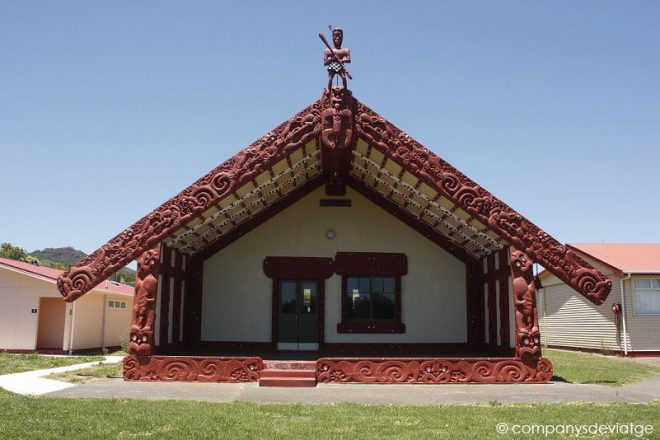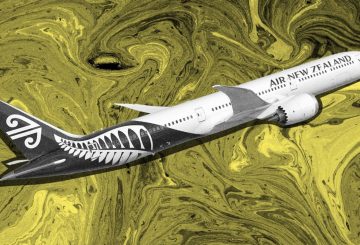Te Whānau-ā-Apanui(マオリ族のイウィ、部族の1つ)とAotearoa Mussel Limited社は、ニュージーランドで成長している水産養殖産業を強化するために、イースタン・ベイ・オブ・プレンティに、地上のムール貝のスパット(ムール貝の幼生)孵化場を建設することになりました。
Te Whānau-ā-Apanuiは、キャラハン・イノベーション(国のイノベーション推進機関)の支援を受け、120万ドルを研究開発プログラムに投資します。このプログラムは、2020年9月初旬に開始される予定です。
Te Rūnanga o Te WhānauのCEOであるRikirangi Gage氏は、このプロジェクトのスポンサーの役割を担っています。また、「孵化場のコンセプトは、ニュージーランドで急成長しているムール貝産業、特にイースタン・ベイ・オブ・プレンティ内でのムール貝産業にぴったりです」と語っています。
「ニュージーランドのムール貝のほとんどは、ゴールデンベイやカイタイアで獲れる天然のものです。新しい孵化場はニュージーランドで2番目のものとなり、ムール貝産業で利用できる孵化場産の稚魚の量が2倍になります。
中央政府は、ニュージーランドが持続可能で革新的な水産業の世界的リーダーになるという独自の展望を示唆しています。そのため、ムール貝養殖の大幅な拡大を視野に入れた場合、予測可能かつ管理の行き届いたサプライチェーンが必要不可欠です。孵化場での繁殖は、その確実性をもたらし、より早く成長し、世界的な状況の変化に対応できるムール貝を選択的に繁殖させることができます。
「さらに、国内最大のオープンウォーター海洋牧場の近くに孵化場を持ち、完璧な繁殖条件を備えていること、そして先住民族のビジネスとして長期的なビジョンと価値観を持っていることが私たちを、ニッチを埋める完璧なポジションにしています」とGage氏は述べています。
このパートナーシップは、コースロン研究所(Cawthron Institute)と協力して、商業的なスパット繁殖プログラムの基盤と、Te Whānau-ā-ApanuiのRohe(マオリ語で領域の意)における中核的研究拠点を提供するための、3つの研究プログラムを進めています。今回の資金提供により、3年間の研究プログラムは、今後数ヶ月の間に行われるパートナーシップのムール貝スパット孵化場への投資協議を補完するものになると期待されています。
「私たちは素晴らしい拠点を持っています。新鮮な水があり、主要な公共施設にもアクセスできます。この場所では、海岸から数メートル以内で海水に触れることができ、数メートル先の岩にはすでにムール貝が張り付いています。また、私たちは、MPI、議会、そして将来の投資家と密接に協力して、我々のビジョンを現実のものにしていきます。」
「私たちが重視するのは、ニュージーランドの水産養殖業の成長を促進するために、先住民族と協力して持続可能で高品質なムール貝を提供することです。地域社会に雇用と富をもたらし、この分野における卓越したセンターとなることを目指しています。この孵化場は、Te Whānau a Apanuiにとっても、ニュージーランドの水産業にとっても、大きな勝利となるでしょう」とGage氏は語りました。


















































(1)-360x245.jpg)











